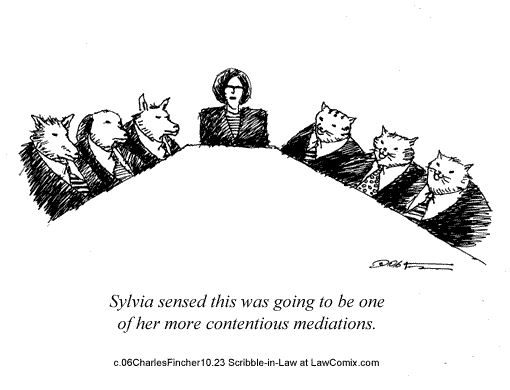 A big shout-out to the folks who worked on developing the Women’s Forest Congress held in October of this year. I’d appreciate if anyone was there and would like to report on their experiences.
A big shout-out to the folks who worked on developing the Women’s Forest Congress held in October of this year. I’d appreciate if anyone was there and would like to report on their experiences.
The enthusiasm and energy sounds amazing.. and yet, part of me wonders why we still need to do this 50 years after women entered our professions. According to their website:
Forests play an intrinsic role in our lives. Forest products touch us at all stages of life and are increasingly emphasized as a central tenet of a responsible, sustainable future. Forestry is essential to us all, and yet the sector has less than 20% participation by women, and even less by people of color. Whether involved through land ownership, industry, conservation, public agency, or other roles, women in the forest sector are consistently and significantly underrepresented. This discrepancy is even more significant for women of color.
Of course, it’s not just us. Take climate science,
These inequities and specific obstacles women face help explain why there are only 122 women on Reuters Hot List of the world’s 1000 top climate scientists. Among the top 100 scientific papers in the last five years, less than half were authored by women, with only 12 papers having female lead authors.
Anyway, here are their resolutions:
The Women’s Forest Congress challenges organizations in the forest and forest products sector to
- FOSTER workforce opportunities for all women through mentorship programs, professional development, scholarships,, with a particular focus on reaching out to those who need help or are asking for assistance in any part of their journey;
- BROADEN recruiting practices to include wider networks, and build a pipeline of talent by connecting with and showcasing forests and the forest and forest products sector to youth and students, creating job shadowing and internship opportunities, etc.;
- BUILD workplace systems that support mental health coverage, and include training and programs promoting healthy lifestyles, such as family leave, flexible work schedules, generous vacation plans, social opportunities, and holistic wellness programs;
- PROMOTE a variety of working environments, encourage flexibility, and ensure all work environments are fully accessible;
- ENABLE employees to prioritize mental, emotional, physical, and spiritual health and model healthy behaviors for others;
- CREATE a safe, inviting, and welcoming workspace for all resulting in greater wellness, increased retention, higher productivity, improved creativity, and heart-centered decision-making;
- ASSESS compensation for women and promote paths to pay equity at all levels, including discrepancies in intersectional identities, communities, and demographics;
- INTENTIONALLY IDENTIFY and support more women and those from underrepresented groups to achieve leadership positions;
- INCREASE the use of storytelling in conferences, trainings, and workshops; and
- APPLY models and frameworks to generate and realize solutions to the greatest forest challenges that are built on women’s strengths, such as inclusive, collaborative, and multi-scale holistic thinking.
TSW tries to do many of these things within our community, (but no one gets paid, so there’s that) but one thing that struck me was “increase the use of storytelling.” Many of us, both contributors and commenters tell stories as a matter of course in our posts and comments, and so I’m further encouraging that. Also starting tomorrow I’ll post some stand-alone stories and we’ll see where that goes. If you have a story, please consider sending it in.

